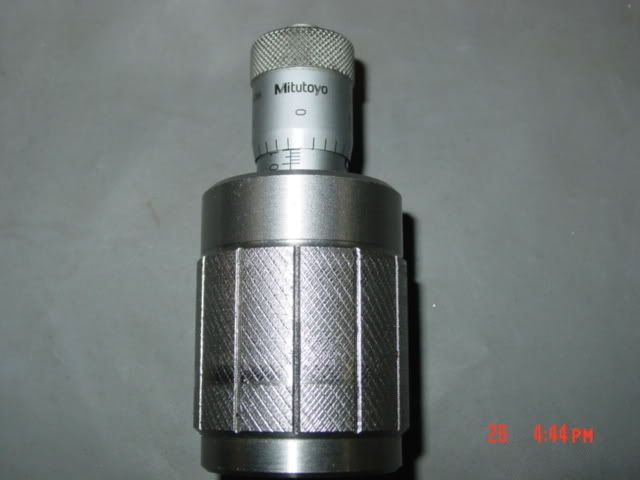johan teughels
Member
how do you guys measure /cut the bolt 30 dgr bolt nose clearance and end play when chambering a new barrel for a glue in action
Last edited:
When I did the very first chambering job for a bolt gun and it had to be a glued in action, Butch loaned me the necessary tools to accomplish the job. Before I returned the tools I duplicated them.This is one of them.
I had to bug him a few times asking for details how to use the various tools, he was patient. Thanks, Coach.
how do you guys measure /cut the bolt 30 dgr bolt nose clearance and end play when chambering a new barrel for a glue in action
that is what i was thinking to make. other idea is to use a a ball from a bearing )prox 1" ore 250 mm and a a tube that fits on the sholder so i can measure on the barrel that i want to duplicate
i


that is the idea i gotLike most, I've made up my own tools, but I'd pick one of these up if I hadn't.
http://www.pmatool.com/pma-woolums-accuracy-barrel-micrometer/
If you are planning on doing several barrels you need to make the necessary tooling that allows you to do an actual measurement from an older barrel taken from that action..
If you are going to do just one you can start the indention and just by looks get close to the proper depth but not to full depth.
Then remove the barrel from the lathe and with the bolt in the action, screw the barrel in as far as it will go. Then measure the gap between the action face and the barrel shoulder. Re indicate the barrel and take this amount off the 30 degree surface plus about 0.010".
If you feel safer sneaking up on it, just take some off then reindicate the barrel and take a lesser amount off than what your measurement above was. You may want to do this several times till you get confidence in the process. The final measurement of bolt nose clearance to barrel cone should be about 0.010".
If you have just chambered that barrel, how did you determine the headspace?
.
The problem I see with the ball to measure with is if the angle's aren't exactly the same, the depth will be different. I have measured some barrels that were done with the ball and they had some variation, and more than I would ever want from a safety aspect.
I also like to measure the distance with a piece of lead. I have a roll of lead wire from fly tying that works great. It is .015" diameter.
Joe Hynes
in do not want to take out the barrel from the lathe untill the chamber is completly finished
for a bolt in i screw the action on and measure the gap like you do
After you cut your tenon and chamber using whatever measuring adapter you decide to use, trial fit the bolt by just holding it up against the end of the barrel tenon with your go gage in the chamber. It is easy to make sure you have at least enough clearance.
I cut the cone until the bolt just closes and then measure the clearance with a dial indicator on the back of the bolt then cut the cone for .005"-.008" clearance, easy.
